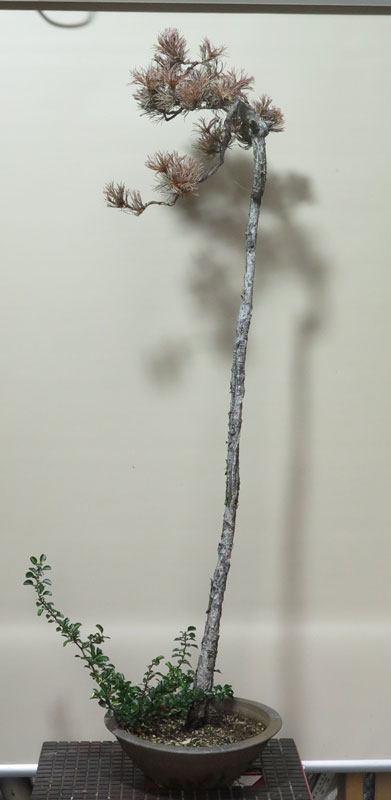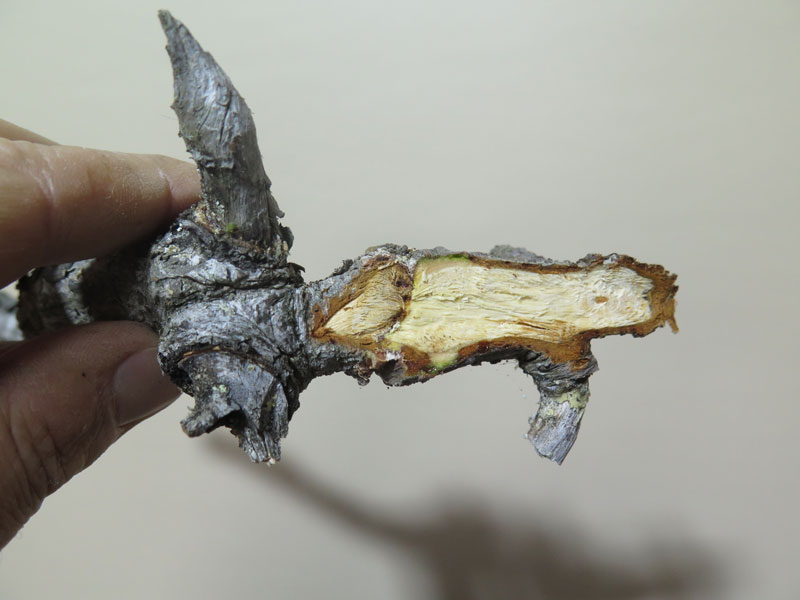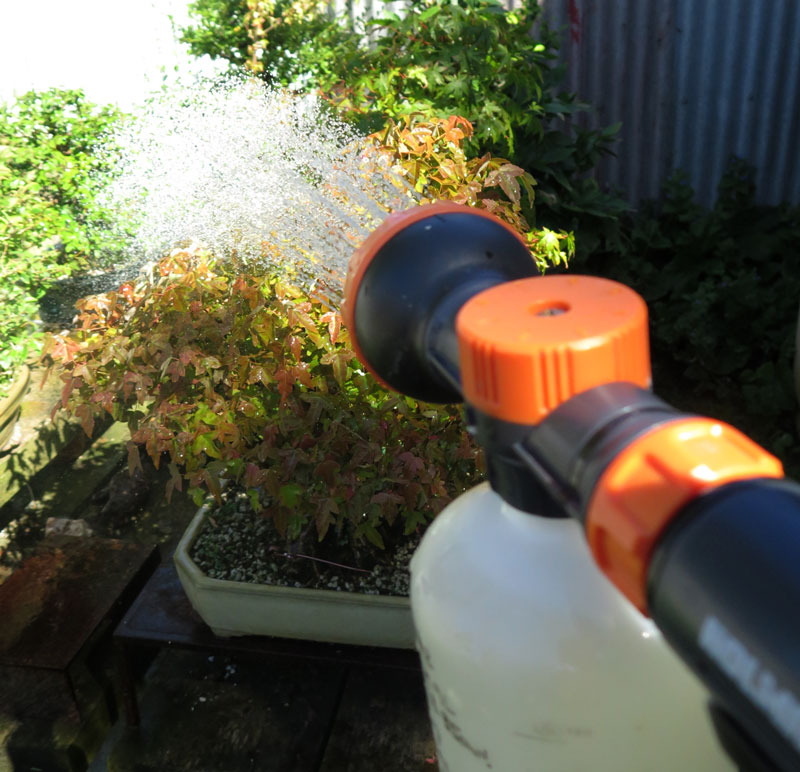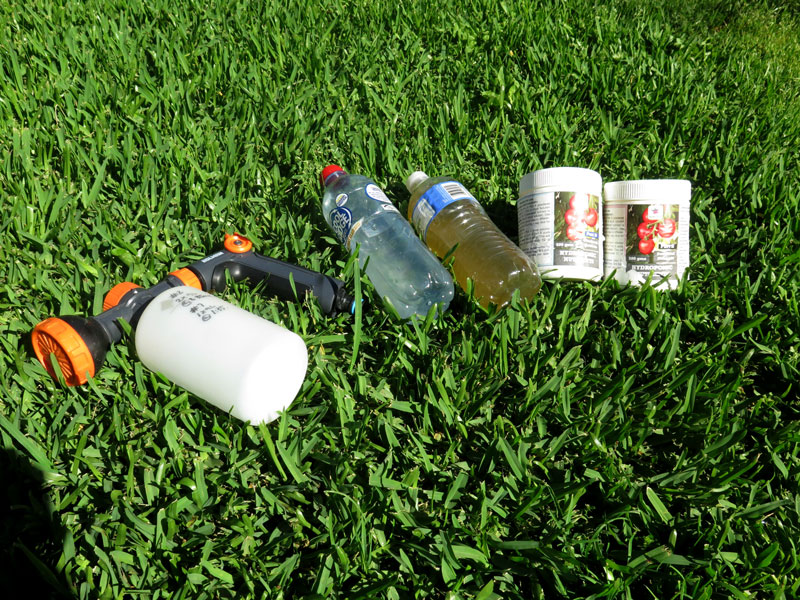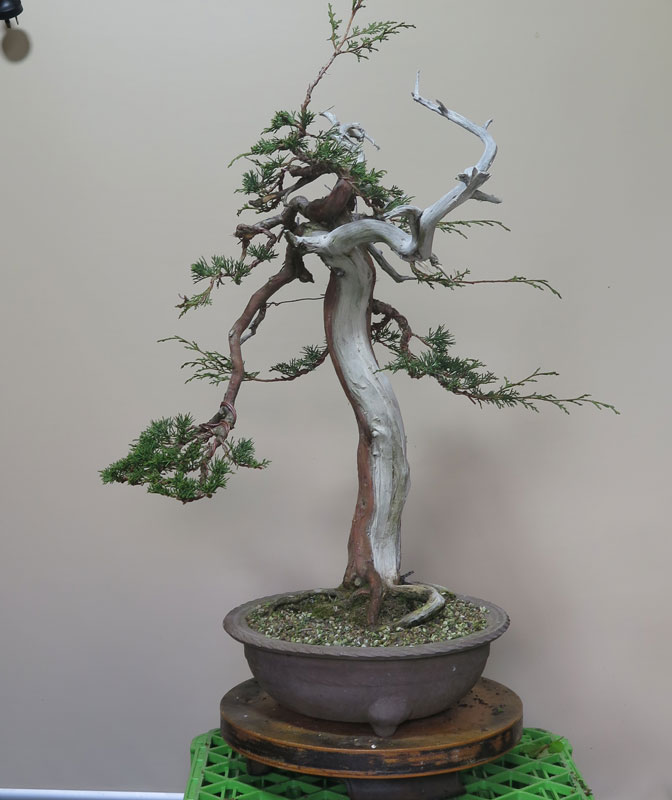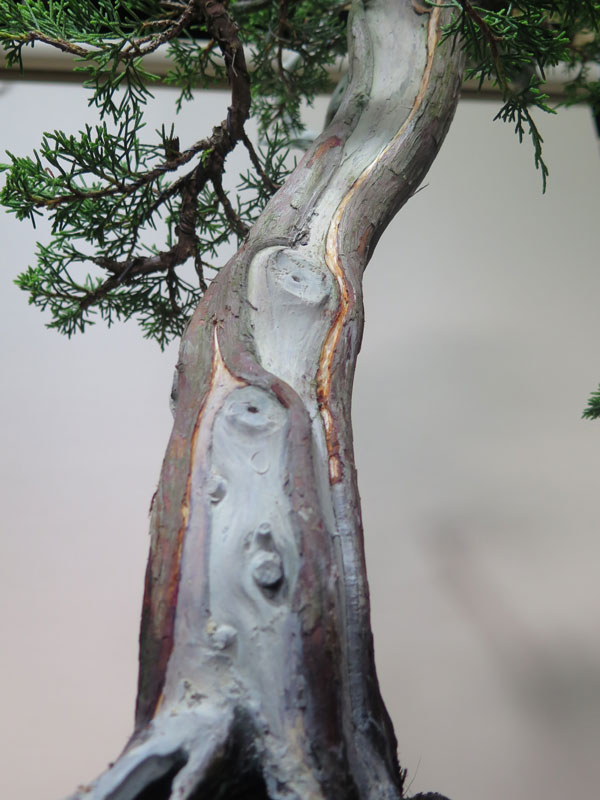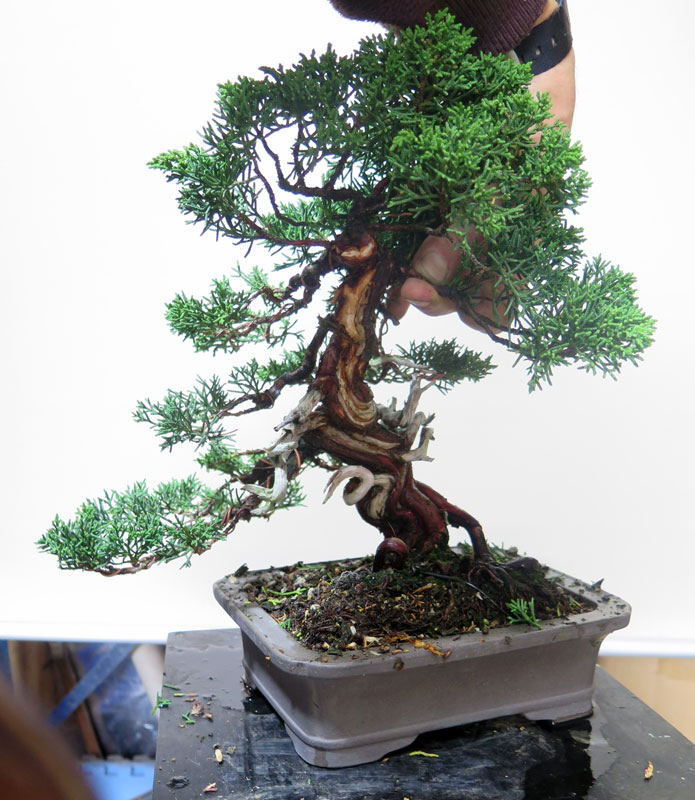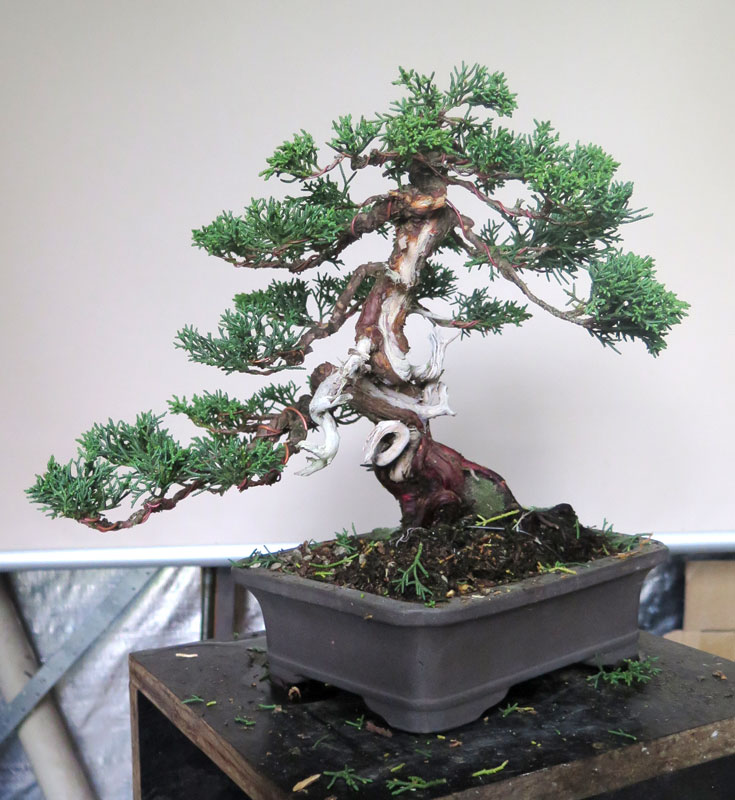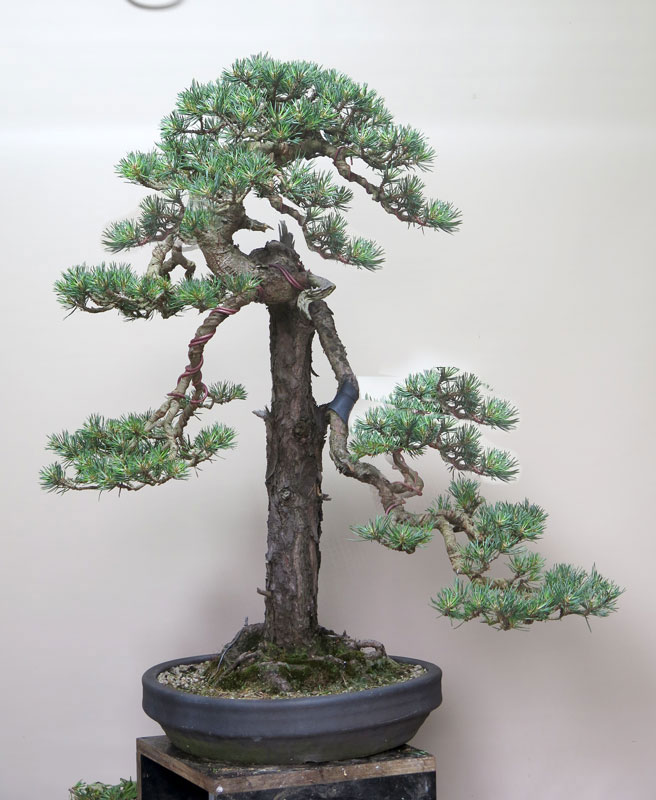Well, following on from the last interesting but somewhat downer of a post, I thought I’d do a bit of an update / introduction for a tree that hasn’t been on the blog before.
The tree in question is a bit of a rarity in Australia as you don’t see many (if any) Japanese white beech or Fagus crenata around, particularly any that are developed bonsai.
This example was imported from Japan when it was much easier to bring things into the country. There were still stringent processes to follow but it was somewhat less expensive or as regulated as it is today. This tree came in along with many others during this era, many of which are still out there if one looks hard enough.
Recently I was lucky to get some photos of the tree riding the subway back when it was first purchased in Feb 1999, some 25 years ago. Getting these images spurred me to look back over the few photos i had of the tree showing it’s history while under my care.
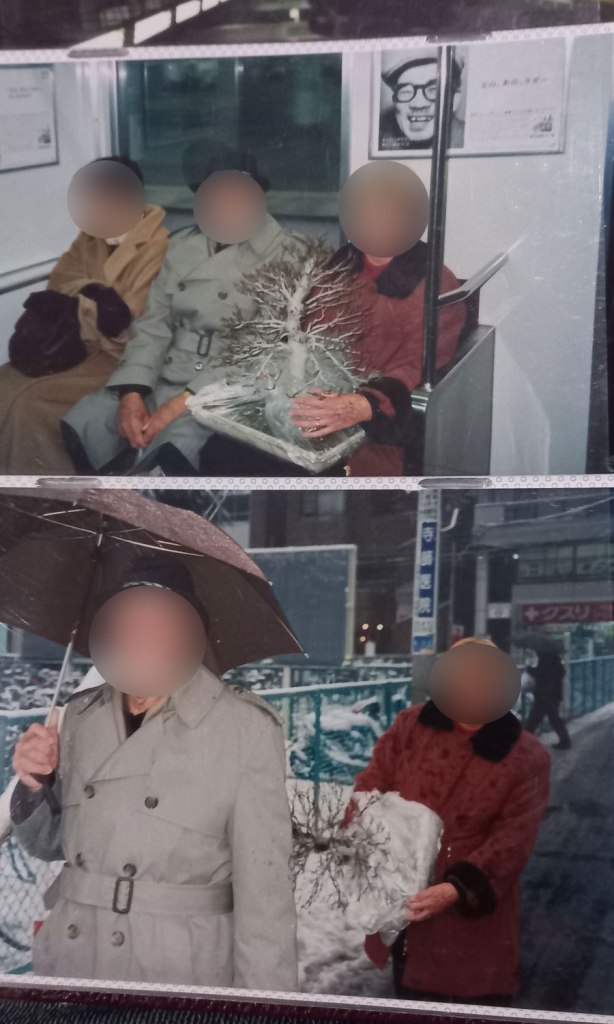
I was very lucky to get the opportunity to purchase the tree back in 2014 or 2015. Unfortunately the tree had weakened and lost its head along with quite a few branches. I must have been over excited at the time as i didn’t take any pictures on purchase but below is a picture from 2015 after I had removed much of the dead branches, twigs and apex.

Turns out i was in a bit of a hurry to get it into a nice pot. I also changed the original front as the die-back had effected both the major branching and top 1/3rd of the tree forcing a re-think. (if you look closely at the above image you can see the large scar from where the old continuation of the trunk line that died was.)
I hadn’t grown beech before and was shocked after my first season at just how slowly trees that only have a single flush of growth were to develop.
It’s first year it didn’t really gain much vigor so it got up-potted into a large terracotta pot so it had some more room for roots in the hope this would speed up the recovery.
From there it did slowly gain some strength but it always felt so painfully slow as i tried to rebuild a canopy and branch structure.
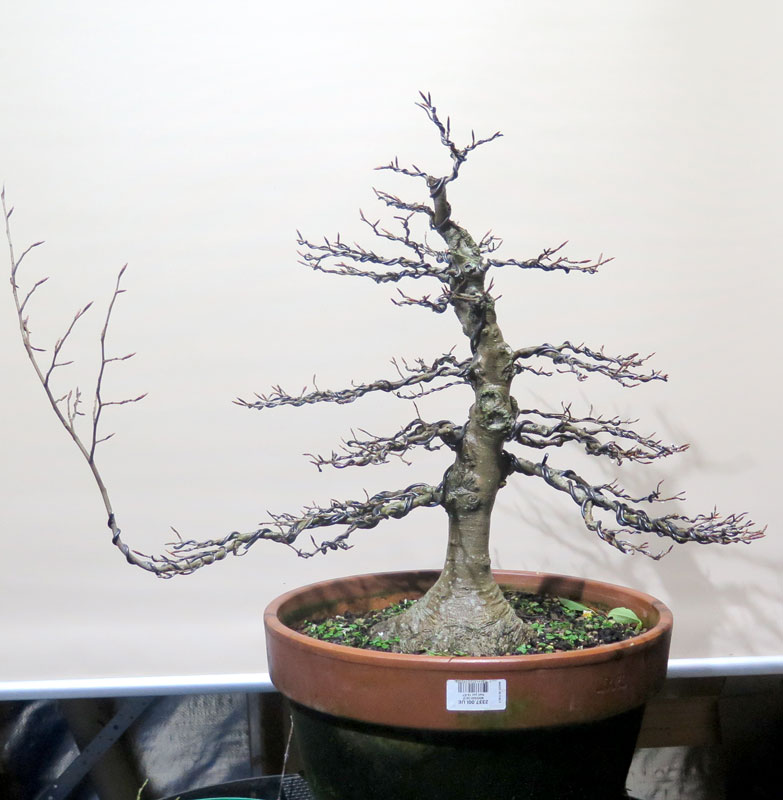
It did improve though, i wired it a few times and set about trying to get some thickness into the lower branches as i rebuilt the top of the tree. I think when i shifted from town supply to rainwater was when the tree really strengthened and built up some real momentum, although it was still slow compared to deciduous trees with multiple flushes of growth.
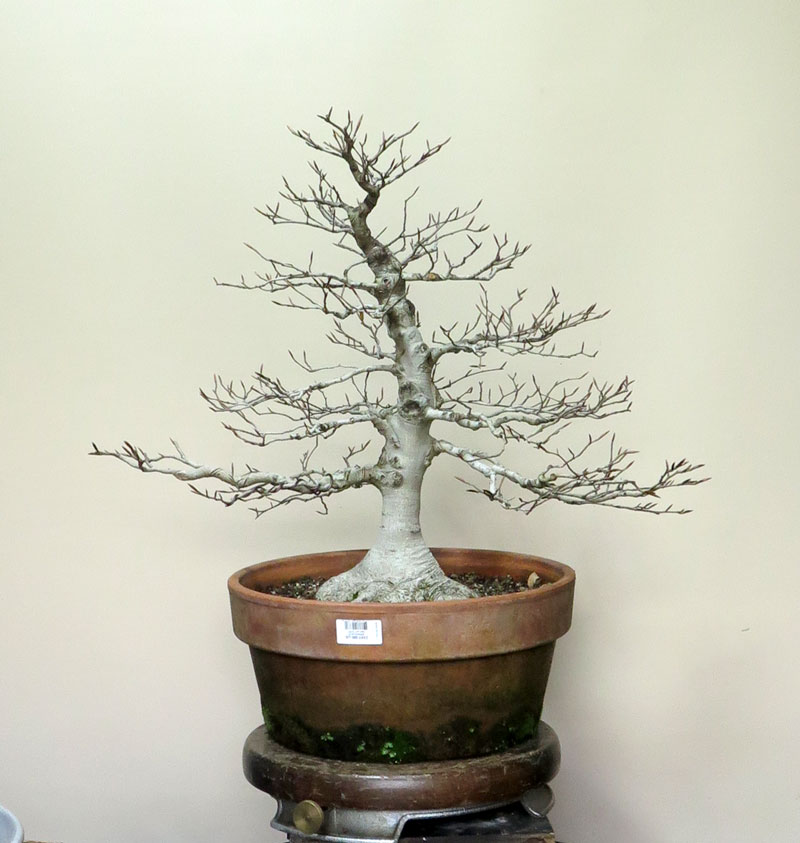
Which gets us to today. The tree is finally strong and even had a second flush of growth in some areas this year.
It has taken 10 years to this point just to get to the above image. Looking at it when it was purchased in 1999 i think it was more ramified than today so i am probably a few years off where it was on original purchase 25+ years ago.
It unfortunately does still carry a number of large pruning scars on the trunk. They are healing, but slowly. I think this spring i will re-cut the edges and encourage them to roll over more quickly. The scars will likely be a ‘fault’ on the otherwise smooth and silky white trunk line for years to come but i can live with them.
I am not entirely sure when it will get it back into a bonsai pot. Ideally i would like to triple the ramification before hand but we will see. It will likely still be several years away. People are always in a hurry to get things into bonsai pots but there is something cool about good trees in training pots. It’s quite a flex.
I think the below sketch is what i am shooting for prior to it going back into a bonsai pot. I think it’s achievable in 3 more years. I’ll try to check back in then and see if my theory proves correct. That should see the branch structure fully built out, then moving the tree into a shallow bonsai pot should then help to build a finer layer of ramification to really fill out the canopy.
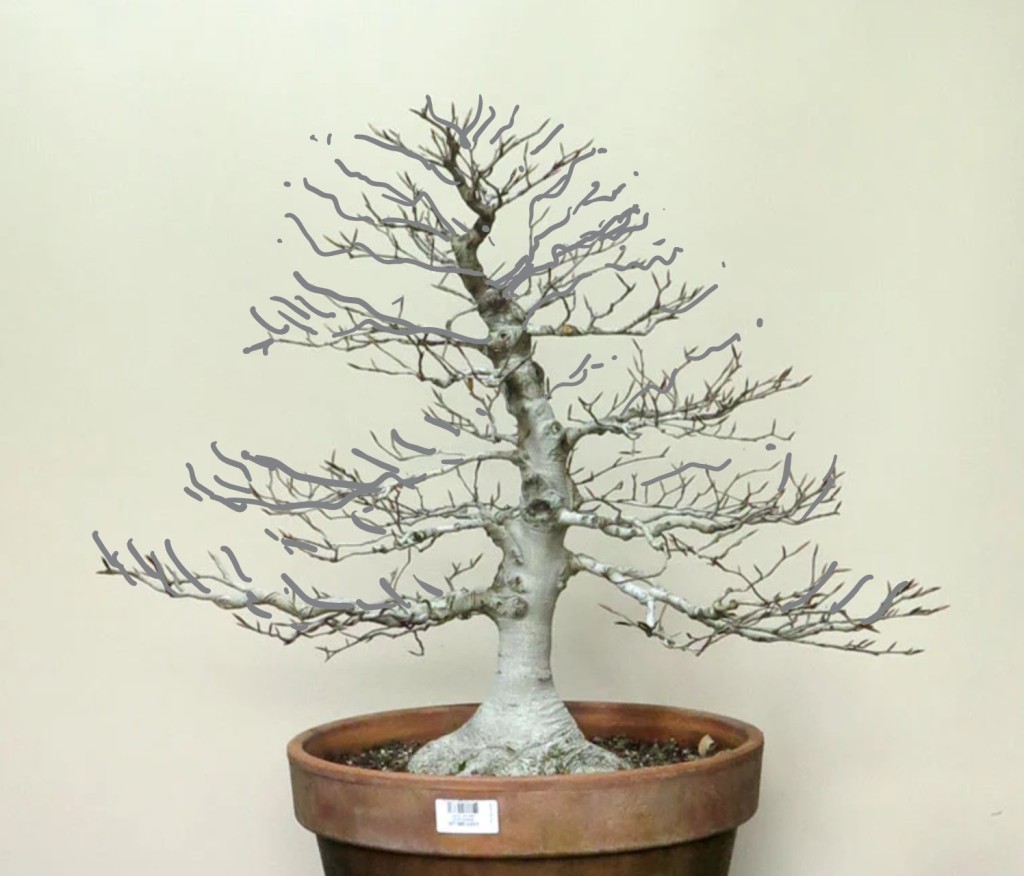
While a long process thus far, it is now fairly satisfying looking back at the earlier images and seeing how much closer to being repaired the tree is. I am also pretty excited to move it towards the above sketch which i think would signify a completed rebuild. I could then try to take the tree beyond where it was 25 years ago back in Japan.
It’s been nice looking after a tree that has a long history like this. It’s been in Australia for at least 25 years and who knows how long it was developed in Japan prior to export (perhaps 30 or 40 years?). We as a country are only really recently starting to see second generation trees being passed from one caretaker to another. There was a time when this was regarded as cheating suggesting you needed to grow everything from a tree’s beginning as stock, seed or cutting. Thankfully this attitude seems to have fully disappeared which i think marks a real maturing of the bonsai community in this country.
A tree like the above really reinforces this as its has passed through several growers, each adding their mark and looking after it ensuring it moves forward through time.
Does anyone out in the internets know of any other Fagus crenata bonsai in Australia? I’d love to hear about them in the comments or via email. Does anyone have old exhibition images of this tree? I know it was shown in Melbourne from time to time. I would love to collect some more of it’s history if it’s out there.

